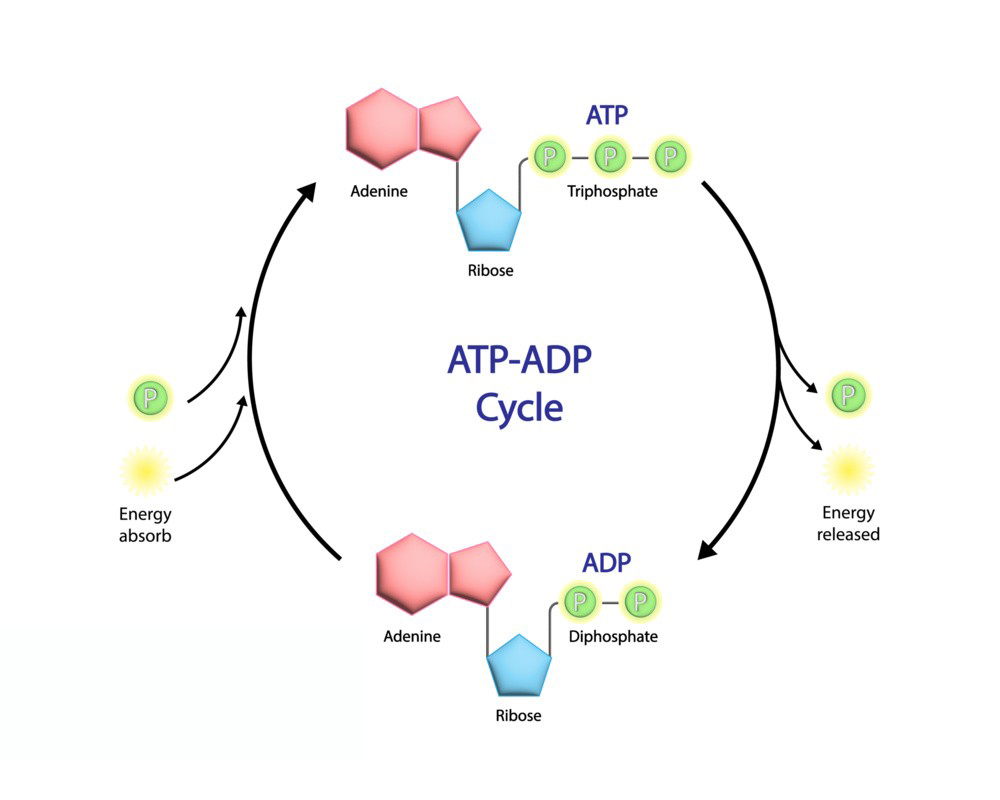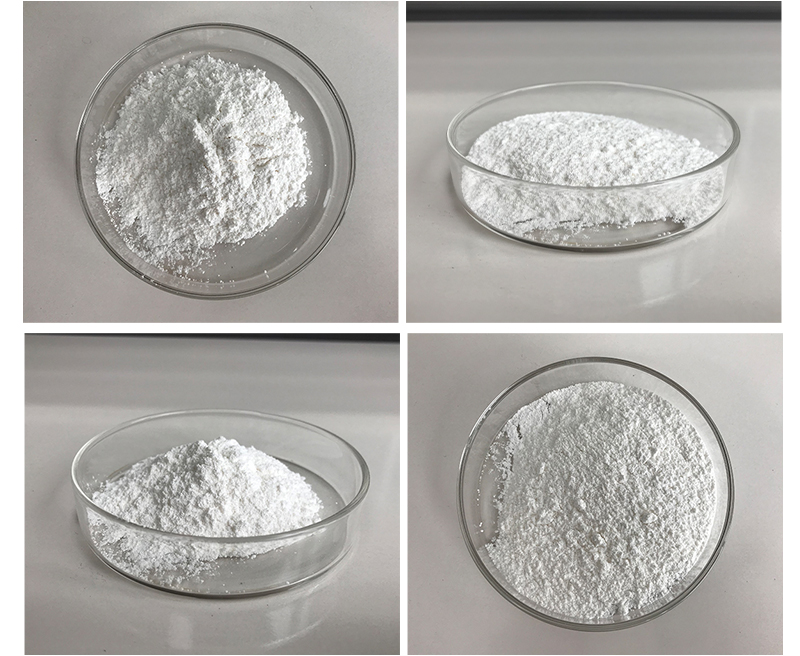Adenosine triphosphate (ATP) is the primary energy carrier in cells, vital for driving numerous biological processes. The regeneration and transformation of Adenosine triphosphate are essential for maintaining cellular energy homeostasis. Here’s an overview of these processes:
1. Adenosine Triphosphate Structure
Adenosine triphosphate consists of:
- Adenine (a nitrogenous base)
- Ribose (a five-carbon sugar)
- Three phosphate groups (connected by high-energy phosphoanhydride bonds)
When Adenosine triphosphate releases energy, it does so by breaking the bond between the second and third phosphate groups.

2. Transformation of Adenosine Triphosphate
When energy is required for cellular processes like muscle contraction, biosynthesis, or active transport, ATP undergoes hydrolysis:
- ATP → ADP + Pi (Adenosine Diphosphate + inorganic phosphate) This reaction releases energy (~30.5 kJ/mol under standard conditions) which can be used by the cell to perform work.
In some cases, ATP is further broken down:
- ATP → AMP + PPi (Adenosine Monophosphate + pyrophosphate) This yields even more energy, but it’s less common.
- Regeneration of Adenosine Triphosphate
ATP is constantly regenerated from ADP and Pi to ensure a continuous supply of energy. The primary processes responsible for ATP regeneration are:
A. Cellular Respiration
Glycolysis: Occurs in the cytoplasm, breaking down glucose into pyruvate, yielding a net of 2 Adenosine triphosphate molecules.
Krebs Cycle (Citric Acid Cycle): In the mitochondria, pyruvate is further broken down, and high-energy electron carriers (NADH, FADH2) are generated.
Oxidative Phosphorylation: In the mitochondria, NADH and FADH2 donate electrons to the electron transport chain. The energy released drives the synthesis of Adenosine Triphosphate via ATP synthase. Approximately 30–32 ATP molecules are produced from one molecule of glucose.
B. Phosphocreatine System
In muscle cells, phosphocreatine provides a rapid means of regenerating ATP during short bursts of high-intensity activity. The enzyme creatine kinase transfers a phosphate group from phosphocreatine to ADP, regenerating ATP.
C. Photosynthesis (in plants and some bacteria)
In the light reactions of photosynthesis, light energy drives the conversion of ADP and Pi to ATP through photophosphorylation in chloroplasts.
4. Adenosine Triphosphate Cycling in the Cell
Cells continuously cycle between Adenosine Triphosphate and ADP. The average human body uses about its own weight in ATP every day, but ATP is not stored in large amounts. Therefore, its regeneration is crucial for all metabolic activities.

5. Importance of Adenosine Triphosphate Regeneration
Without effective regeneration of Adenosine Triphosphate:
- Energy-demanding processes like muscle contraction, cell division, and active transport would cease.
- Cells would not maintain ion gradients, leading to loss of membrane potential and failure of cellular function.
In summary, ATP’s transformation (hydrolysis to ADP) releases energy to drive cellular processes, and its regeneration through cellular respiration, phosphocreatine systems, and photosynthesis ensures that cells have a continual supply of energy.
